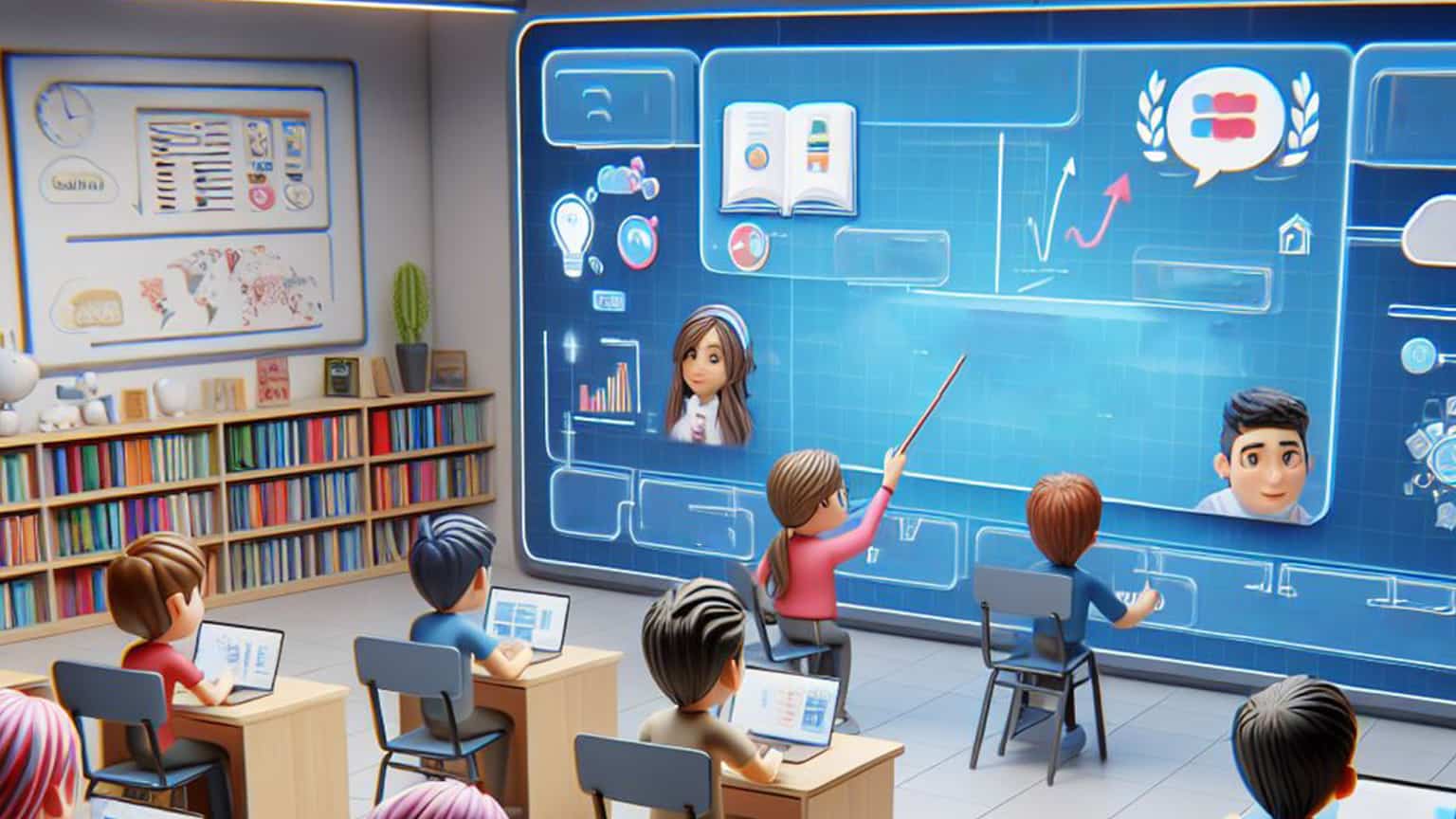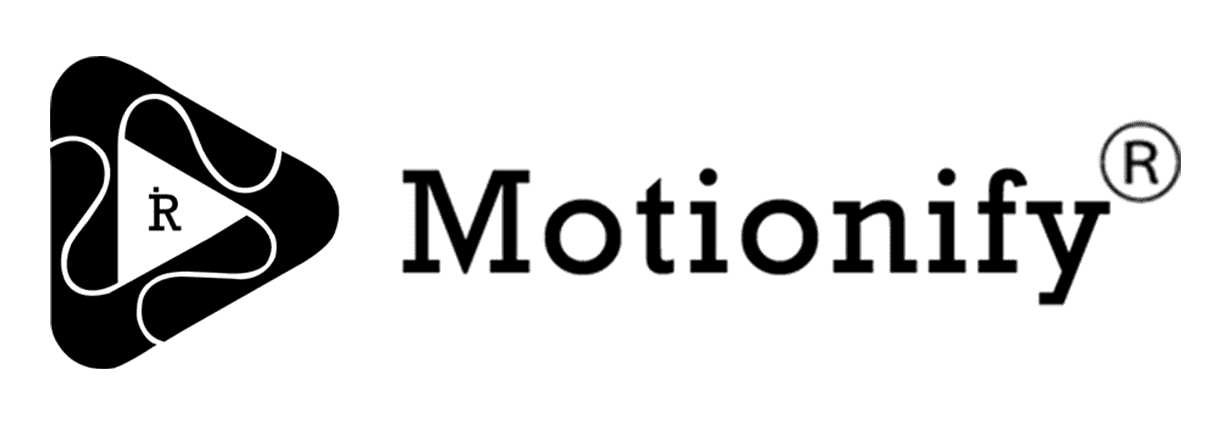
Six Deliverables of an Instructional Video Project
Instructional video projects are complex and expensive. Without proper scoping and continuous feedback loops (between the client and the provider (us), the project will quickly derail and unpleasant consequences follow.
In this article, we’ll talk about the six deliverables of an instructional video project, which also act as checkpoints for the successful execution of the project.
These six checkpoints are non-negotiable. If the client cannot agree to these sequential checkpoints, we don’t take up the project.
What is an instructional video?
Instructional videos, also known as training videos, are extensively used in learning environments like schools, colleges, workplaces and more for knowledge transfer or up-skilling. Instructional videos provide information in visual form and make learning more accessible. Some popular content formats for instructional videos are: how-tos, how it works, (over the shoulder) tutorials. Instructional videos make learning easier, fun and quicker.
Next, let’s dive into the first deliverable in an instructional video project.
1. Visual Script development
Every instructional video starts with a visual script. Either the client provides this or we write it based on their requirements and references.
We recommend stakeholders spend as much as time needed on this step. This is like the foundation of the entire project. The visual script provides the vision and direction for the project.
Without finalizing the visual script, the next steps in the video production process – storyboarding, voice overs, visual scenes, etc. cannot begin. Once finalized, coming back to this to make changes will also be costly and will delay the project.
It’s essential to have the visual script reviewed and approved by all the stakeholders and lock it in for the entire duration of the project.
Here’s an example of a visual script:
Visual Script
The next two deliverables – Storyboard Development and Voice Over Script Writing – can be worked on simultaneously.
2. Storyboard development
Once the visual script is frozen, the next step is storyboarding. This step is done by us, the video production agency. Our professional storyboard artists break up crucial scenes in the project and create the flow. Any presentations, screen recordings, etc. is done at this step.
We’ll present the storyboard in PDF format. The storyboard will visually sequence using pictures and annotations the steps of the final video. This visual representation – though devoid of any voice over or animations – makes it easy to understand the flow.
We need to review and approve the storyboard at this point.
Storyboard
3. Voice over scriptwriting
As noted earlier, the voice over script can be developed along with the storyboard. The content, language and tone of the script has to be developed and finalized at this stage. Internally, our scriptwriter will record the script to iron out any issues in flow, remove long sentences and ensure that the script is pleasant on the ears.
We provide the script in PDF format with adequate line breaks and annotations.
Here’s an example of a video script that we recently:
Voice over
The voice over script has to be reviewed and approved once for all before it can be sent for execution. Once the voice over is in process or completed, any change will be considered as revision and will incur a corresponding fee.
4. Voice over production
We have access to many professional voice over artists. Immediately after the project kick-off call, we’d have shared with you sample voice overs from artists on our roster for you to pick as many required for the project.
They will take the voice over script that’s approved and produce a high-quality voice over without changing any text. We’ll send the voice over for your approval.
Once approved, the project proceeds to the next deliverable.
5. Visual scene development
At this stage, we’d have everything – the approved script, the approved storyboard and the approved voice over – to do the visual scenes. The visual scenes will be exact visuals – colours, typography, content – that you’ll receive in the final output. The only thing that will not be present are animations.
We’ll send the visual scene in a PDF document.
Here’s an example of what you can expect:
Visual scene
The project will be sent off to the animations department once the visual scene is fully reviewed, changes made and approved by the client.
6. Animation production
Once the visual scene is approved, animations – in the style agreed upon in the beginning of the project – are done and background music if any will be added.
Since all the prior steps are individually approved and locked in, there won’t be much changes at this point. The final output will be shared for clients for their approval. At this stage, any change in animation style can be done.
Once the animation is approved, the project becomes ready for final delivery. We’ll transfer the project assets, that is the approved files through a cloud platform.
Conclusion
The six deliverables outlined above:
- Visual Script development
- Storyboard development
- Voice over scriptwriting
- Voice over production
- Visual scene development
- Animation production
and our strict adherence to them – have allowed us to execute more than 100+ video production projects to the utmost satisfaction of our clients. We believe this also to be reason for a high 4.8 rating on Clutch and being awarded as the best video production company many times.
Follow the six-step process and execute your instructional video projects on time, on budget and to your 100% satisfaction.








